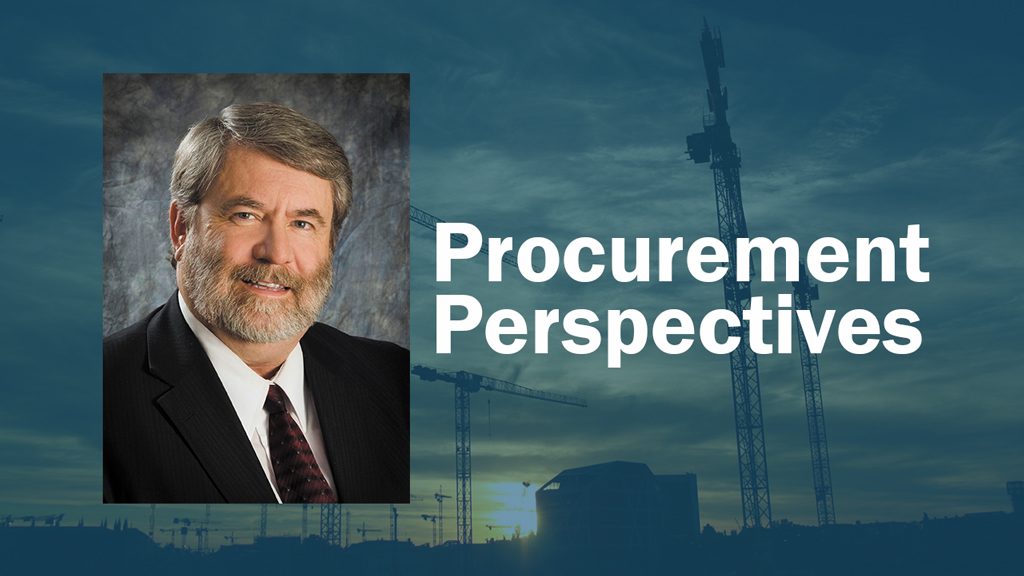I have been in Ireland on vacation, mostly golfing for the last two weeks, and had an interesting conversation about how tenders are conducted for oil rigs in Western ºÚÁϳԹÏÍø on the eight-hour flight home to Toronto.
The gentleman sitting next to me on the flight was the superintendent for one of these oil rigs for a large oil company and explained the entire process to me for this unique way of hands on tendering.
Only I would spend eight hours talking about purchasing and specifications for tenders on a flight home from Europe with a stranger when I should have been sleeping.
However, the conversation was quite interesting and made the flight appear shorter than it was.
Adam’s job as the expert on the oil rig was to write the specifications for the tenders that his company was sending out.
He would have meetings with procurement and the senior management of the oil company to discuss the best value-for-money proposition in whatever requirements they were tendering for.
Adam’s knowledge and expertise was critical to refining the exact information required to get the best bids from suppliers. What I found most interesting was the teamwork involved to send out the most accurate information in every tender package.
Instead of just attaching the specifications to the tender document, a full review and discussion with all departments on what the objective of the tender would be, to attract the best bids was carried out.
This does not often happen with having complete collaboration from all parties involved in a tender process.
Adam was explaining to me the extent of the market research the team conducts and the prequalification of vendors that takes place on every tender.
I was explaining to him how the procurement process is critical by way of sending out the exact requirements to attract the most qualified bidders and the most state-of-the-art materials required for maximum results.
Working on these oil rigs sounds like an interesting but tough job, 24 days working on the rig followed by nine days off and repeat the process.
To make things even more difficult, Adam works in Western ºÚÁϳԹÏÍø and lives in Ireland, having to fly home every 24 days to be with his family.
This team approach to writing tenders and RFPs is how the process should be conducted.
Every piece of information that can be collectively gathered to make the bid perfect will enhance your chance to get the best possible bidders.
The biggest issue in the specifications for purchasing documents is poor, or even missing information, which opens the door for many change orders after the purchase order is issued.
The biggest risk to the budget to any project is that the bidders are bidding to the exact specifications with every detail to ensure proper pricing.
We discussed the following process:
- Specifications should be written to provide for and encourage full competition.
- As far as possible, specifications should be standardized, both as to layout and content.
- Procedures should be established for ensuring adequate input by intended users to ensure that an appropriate type and quality of item is ordered.
- Specifications should be reviewed by the entire team, including the using department for accurate content prior to publication.
- Specifications should be reviewed with all team members for critical projects and having areas of expertise (i.e., legal and risk management).
We were talking about risk management on these projects and how Adam’s team evaluates all aspects of the risk profile for every project.
This type of attention to detail is what is required to achieve the best possible result in the tendering process.
The fundamental role of material specifications in any procurement transaction is to ensure the supply meets the functional requirements of the procurement.
Stephen Bauld is a government procurement expert and can be reached at swbauld@purchasingci.com. Some of his columns may contain excerpts from The Municipal Procurement Handbook published by Butterworths.





Recent Comments
comments for this post are closed